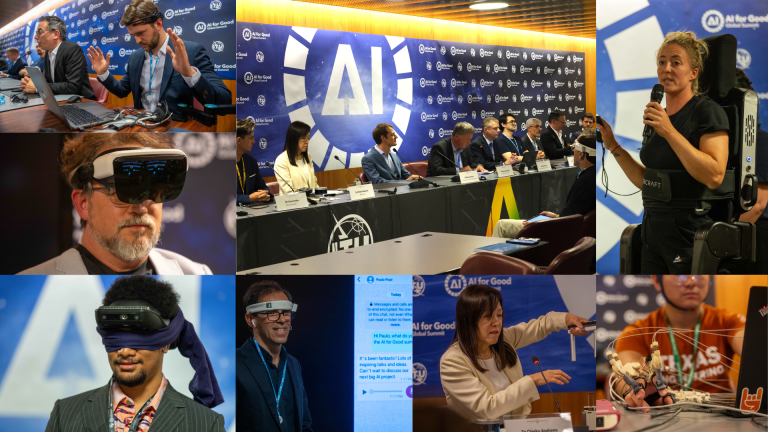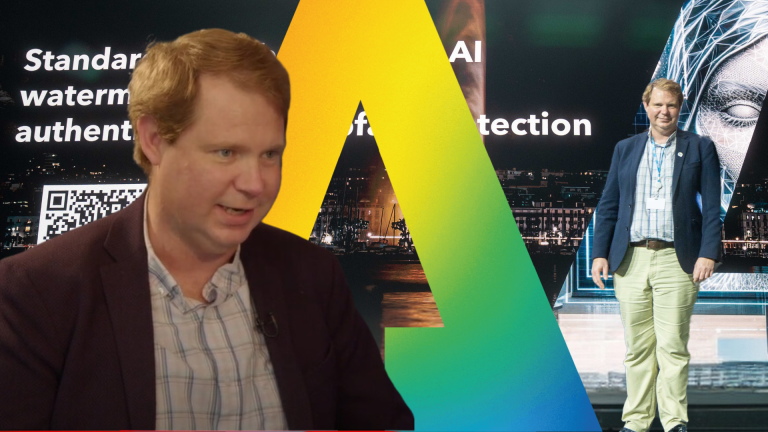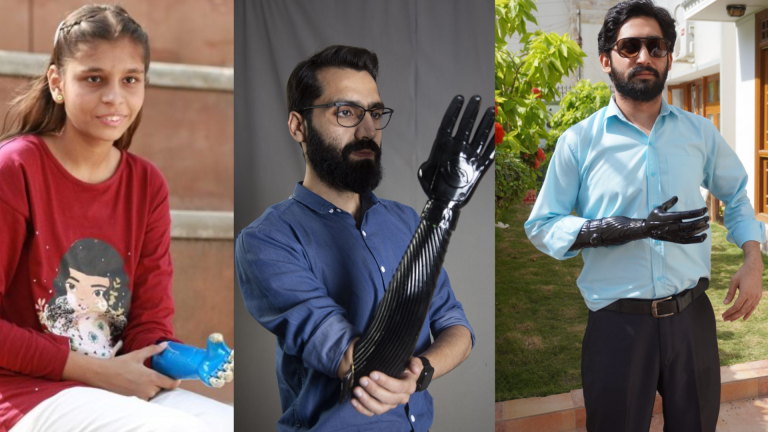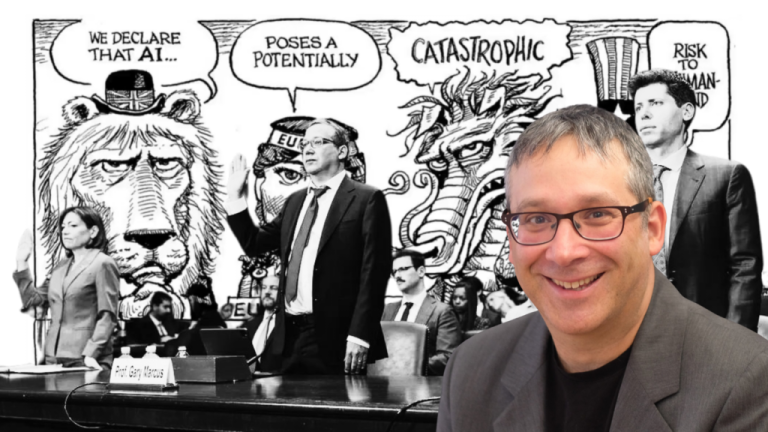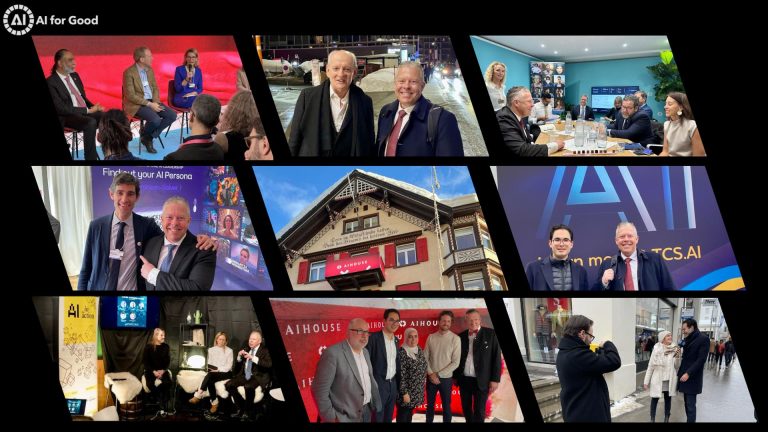“Transforming Social Media: Harnessing AI to Combat Sexist Content for a Safer Online Community”
Today, as we celebrate International Women’s Day, the struggle for gender equality transcends physical boundaries and extends into the digital landscape. Social media has become an essential aspect of our lives, enabling connections and amplifying voices. However, this online arena can also serve as a hotbed for harassment and discrimination, heavily impacting women and girls. Sexist narratives and online violence can stifle women’s voices, driving them away from digital communities.
A recent AI for Good Webinar titled “Unveiling Sexist Narratives: AI Approach to Flag Content on Social Media” examined how Artificial Intelligence (AI) can be harnessed to address this pressing issue. Organized by ITU, UN Women, and UNICC, the session highlighted an initiative focused on developing an AI model to identify sexist content in social media posts, particularly across Spanish-speaking nations in Latin America.
Setting the Stage for Change
Moderated by Sylvia Poll, Head of the Digital Society Division at ITU, the webinar spotlighted the alarming increase in online violence against women. She stressed the importance of inclusivity in the digital realm, urging collaborative efforts from governments, the private sector, academia, and civil society to ensure that AI is utilized ethically and responsibly.
“We cannot tackle the challenge of closing the gender digital divide in isolation. We need a clear understanding of the realities on the ground,” Poll stated, underlining the necessity for a multi-stakeholder strategy.
Building an AI Solution for a Complex Problem
Anusha Dandapani, Chief Data & Analytics Officer at United Nations International Computing Centre (UNICC), elaborated on the AI model’s capabilities. She pointed out that the prevalence of sexist content often goes unreported, complicating the quantification of the issue. To counter this, the project aimed to create a model adept at detecting misogynistic narratives in social media.
“In order to grasp the specific dynamics of how gender-based stereotypes or sexism surface in the content we analyze, we must establish clear and consistent criteria,” Anusha stated.
Central to this model’s development were Natural Language Processing (NLP) and machine learning techniques. The team utilized pre-trained word embeddings—a method that captures the semantic connections between words—to train the model on a carefully curated dataset of labeled content, comprising both sexist and non-sexist language.
A Crucial Aspect of the Project
One vital consideration was ensuring the model’s cultural and linguistic relevance. Unlike English, where the majority of AI models are developed, manifestations of sexism can vary greatly in other languages. This initiative addressed the issue by custom-training the model with Spanish-specific data, thus enhancing its ability to recognize the subtleties of sexist language in that context.
Transparency and Collaboration: Key Ingredients for Success
Transparency throughout the development process was crucial. The project team made their code publicly accessible via a GitHub repository, promoting open collaboration and scrutiny. Additionally, they validated their model’s results against a human-labeled dataset to verify its accuracy.
“We ensured that every aspect we worked on was available from day one on a GitHub repository,” stated Lizzette Soria, Gender Expert at UN Women, emphasizing their commitment to open collaboration.
The initial results were promising, demonstrating a high accuracy rate in identifying sexist content within Spanish text data. Interestingly, the analysis uncovered a correlation between emoji usage and potentially sexist narratives. For instance, posts featuring “happy faces” or “laughing faces” alongside sexist language raised concerns about the user’s intent and its potential impact on the audience.
These findings highlight the importance of contextual understanding in online interactions. Sylvia Poll further emphasized the value of employing an “intersectional lens,” recognizing how sexism intersects with other forms of discrimination, affecting various groups of women in distinct ways.
Looking Ahead: A Future Free from Online Sexism
The webinar wrapped up with a discussion regarding the project’s future trajectory. The team plans to release a white paper outlining their methodology and results, aiming to disseminate these findings to policymakers, social media platforms, and civil society organizations. Additionally, they seek to explore adaptations of the model for use in other languages and cultural settings.
This initiative exemplifies the promising role AI can play in fostering gender equality online. By effectively identifying and flagging sexist content, AI models can contribute to creating safer, more inclusive digital environments for all. However, as emphasized during the webinar, it is vital to ensure that these models are developed and implemented responsibly, taking into account ethical implications and potential biases.
The battle against online sexism calls for a comprehensive approach. AI-driven solutions like the one discussed can serve as invaluable tools. However, it’s equally important to promote digital literacy and empower users to identify and report sexist content. By merging technological advancements with social awareness, we can pave the way for a more respectful and inclusive online ecosystem for everyone.


